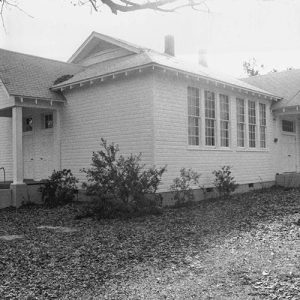 Oak Grove School
Oak Grove School
Entry Category: Arts - Starting with O
 Oak Grove School
Oak Grove School
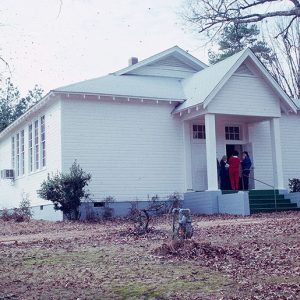 Oak Grove School
Oak Grove School
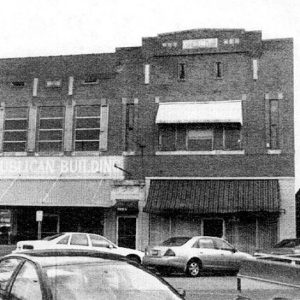 Odd Fellows Building
Odd Fellows Building
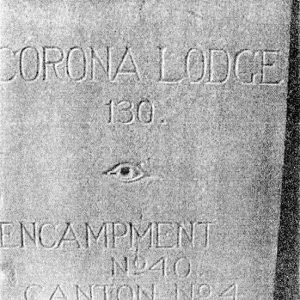 Odd Fellows Building Cornerstone
Odd Fellows Building Cornerstone
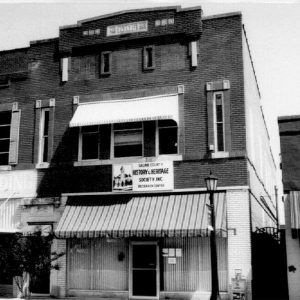 Odd Fellows Entrance
Odd Fellows Entrance
 Oddfellows Building
Oddfellows Building
Official State Musical Instrument
aka: Fiddle
Official State Songs
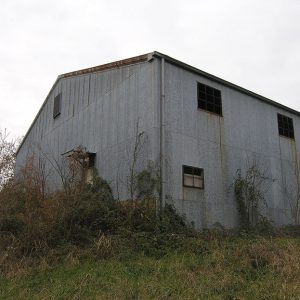 Okolona Colored High School Gymnasium
Okolona Colored High School Gymnasium
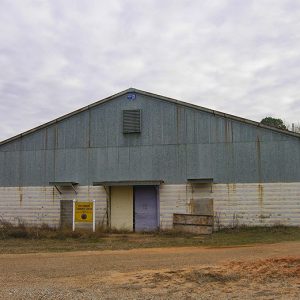 Okolona Colored High School Gymnasium
Okolona Colored High School Gymnasium
Okolona Colored High School Gymnasium
Old Bank of Amity
Old Carroll County Courthouse, Eastern District
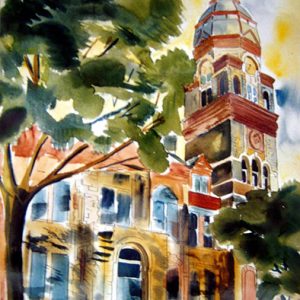 Old Courthouse
Old Courthouse
Old Folks’ Singing
Old Hempstead County Courthouse
Old Mill
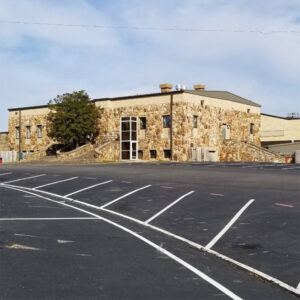 Old Pocahontas High School
Old Pocahontas High School
Old Randolph County Courthouse
Old Scott County Courthouse
Old Scott County Jail
Old South Restaurant
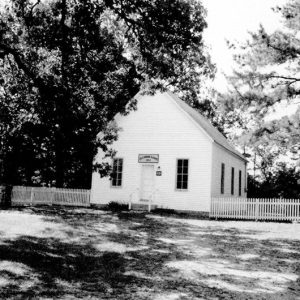 Old Union School
Old Union School
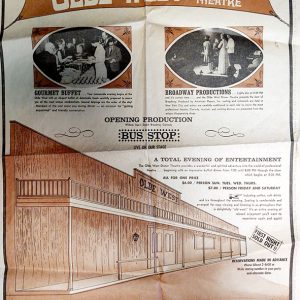 Olde West Dinner Theatre Ad
Olde West Dinner Theatre Ad
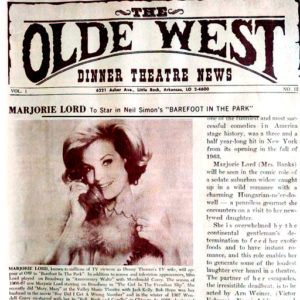 Olde West Theatre Newsletter
Olde West Theatre Newsletter
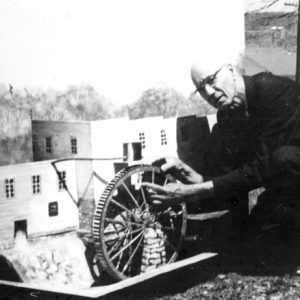 M. E. Oliver
M. E. Oliver
Oliver, M. E.
aka: Marvin Elmer Oliver
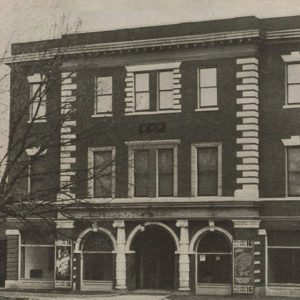 Opera House
Opera House
Opera in the Ozarks at Inspiration Point
 Orchestra
Orchestra
Oslin, Kay Toinette (K. T.)
Otis Theodore and Effiegene Locke Wingo House
Ouachita County Courthouse
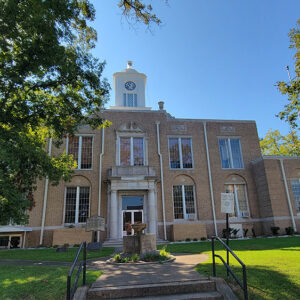 Ouachita County Courthouse
Ouachita County Courthouse
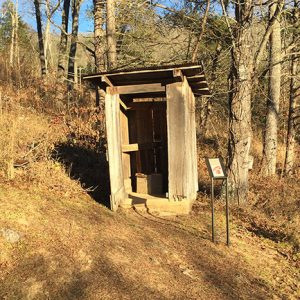 Outhouse in Big Buffalo Valley Historic District
Outhouse in Big Buffalo Valley Historic District
 Overstreet Hall
Overstreet Hall
Overstreet Hall
 Overstreet Hall
Overstreet Hall
 Freeman Owens-Broncho Billy Mural
Freeman Owens-Broncho Billy Mural
Owens, Silas
Ozark Arts and Crafts Fair
aka: War Eagle Fair
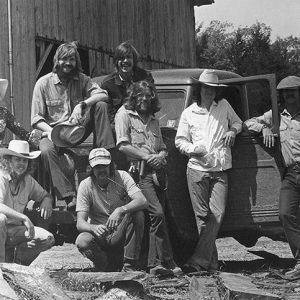 Ozark Mountain Folk Fair Staff
Ozark Mountain Folk Fair Staff
 Ozark Mountain Folk Fair
Ozark Mountain Folk Fair
 Ozark Mountain Folk Fair Audience
Ozark Mountain Folk Fair Audience




